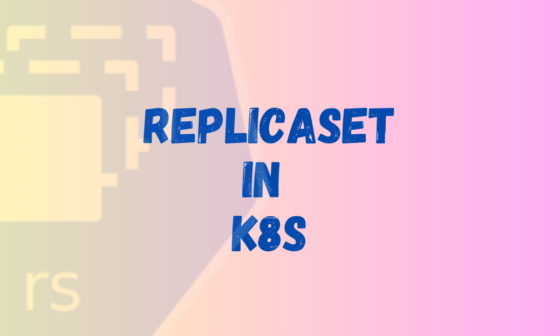Managing resources in Kubernetes becomes easier when using labels and selectors. Labels help organize resources, and selectors allow you to easily identify and manage them. Let’s understand this better through practical examples and real-world use cases.
Why Use Labels and Selectors?

Labels and selectors offer several advantages:
- Simplified Management: Easily manage resources by grouping them logically.
- Enhanced Automation: Automate deployments, scaling, and updates seamlessly.
- Better Visibility: Quickly identify resources, their states, and relationships.
- Efficient Troubleshooting: Rapidly pinpoint and resolve issues with resource groups.
Understanding Labels in Kubernetes
Labels are key-value pairs you attach to Kubernetes resources like Pods, Deployments, and Services. They make grouping and identifying resources straightforward.
Simple Example:
metadata:
labels:
app: api-server
environment: production
version: 1.0What are Selectors?
Selectors rely on labels to choose specific resources. Kubernetes uses these selectors to connect services and manage deployments.
Selectors are usually:
- Equality-based selectors: These match exactly.
- Set-based selectors: These allow more flexible selection.
Example: Selecting pods labeled app=api-server and environment=production:
spec:
selector:
matchLabels:
app: api-server
environment: productionReal-world Use Cases
1. Service Discovery and Routing
Suppose your app has frontend and backend pods. Labels ensure services route traffic to the correct pods.
Pod Labels:
metadata:
labels:
app: frontend
component: uiService Selector:
spec:
selector:
app: frontend
component: ui2. Performing Blue-Green Deployments
Blue-green deployments let you smoothly transition between app versions. Labels simplify this process by clearly identifying versions.
Kubernetes Deployment Strategies: A Complete Guide with Examples
Version labels:
metadata:
labels:
app: ecommerce
version: blueTo switch to the new version, update the service selector:
spec:
selector:
app: ecommerce
version: green3. Efficiently Managing Resources with Kubectl
Use labels to perform actions quickly on specific resources.
kubectl delete pods -l environment=stagingThis command instantly removes pods labeled as staging.
kubectl get pods -l app=frontendThis command will list only frontend pods
Best Practices for Labels and Selectors
- Stay Consistent: Keep labels clear and uniform.
- Be Selective: Avoid unnecessary labels.
- Keep It Simple: Labels should be easy to understand.
Labels and selectors greatly simplify Kubernetes resource management. They help you organize, deploy, and maintain your infrastructure efficiently. Start leveraging them effectively for smoother Kubern







